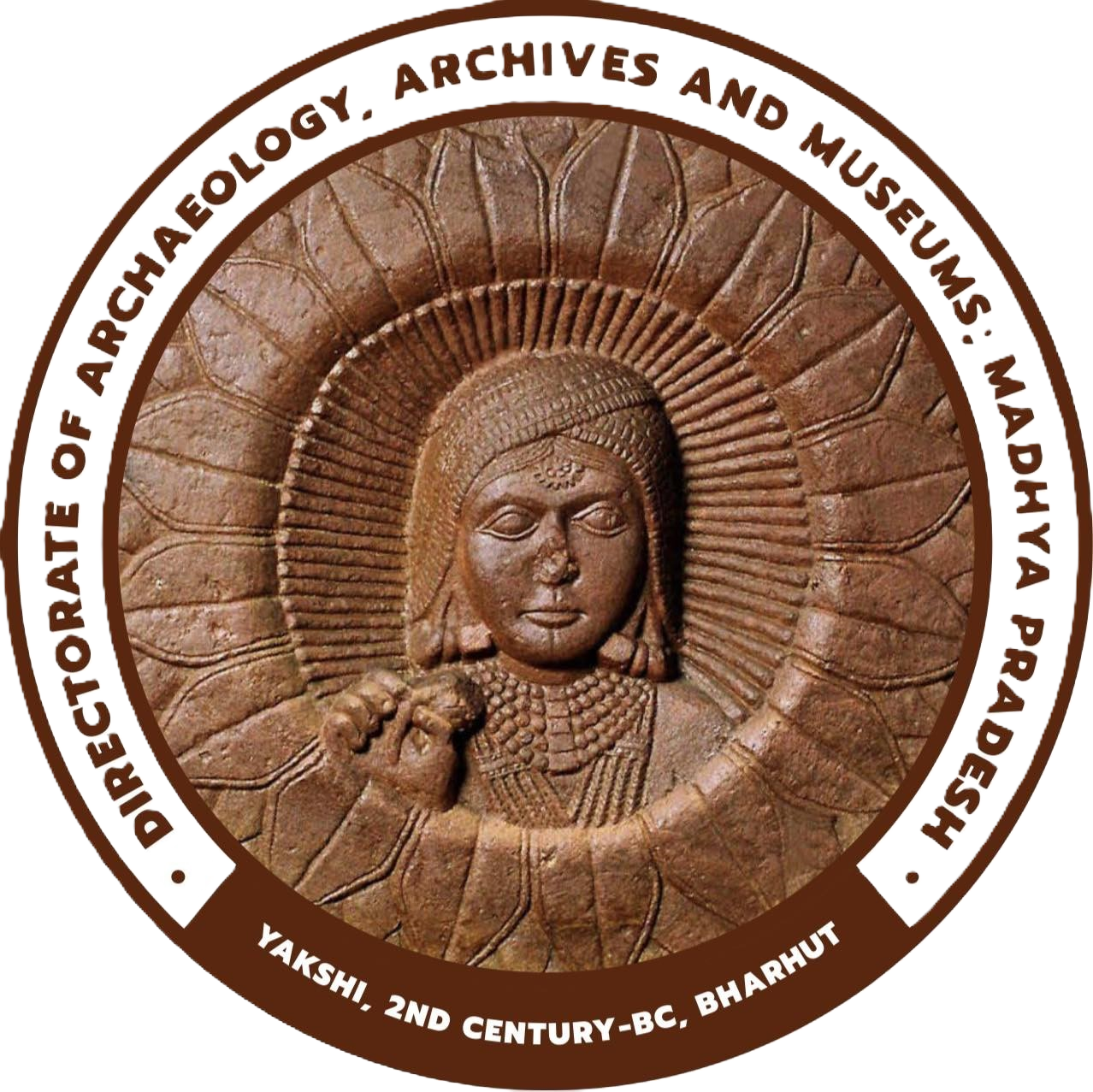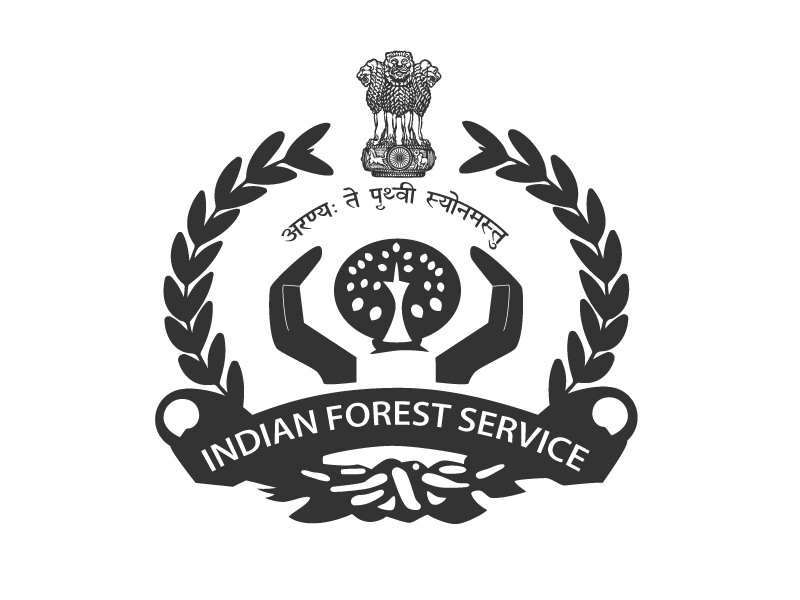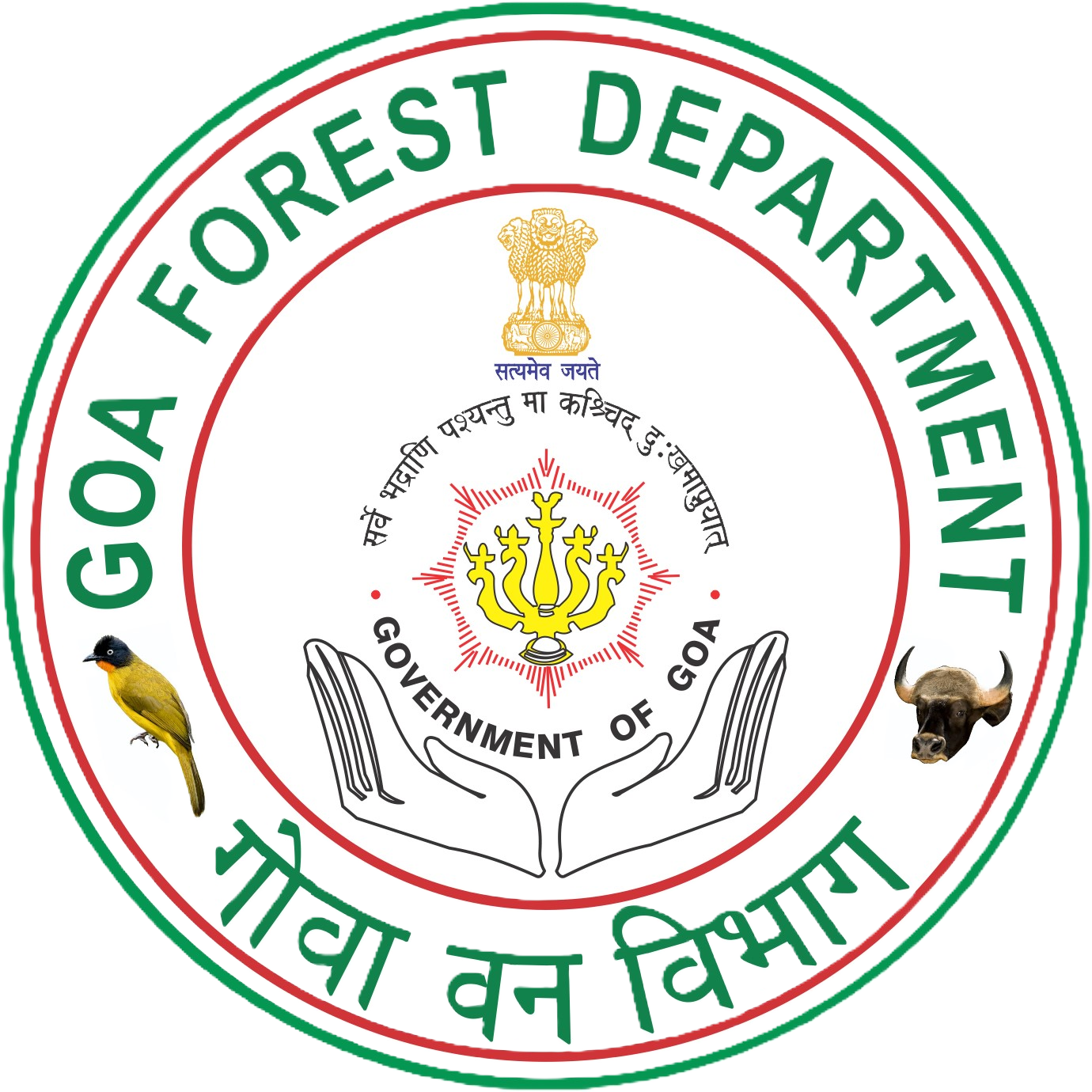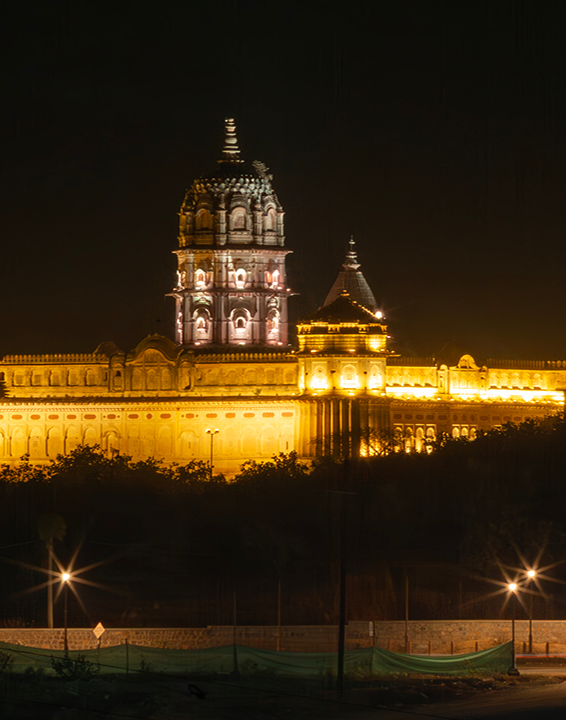Local Insights Digital Impact
Empowering SMBs with location data, digital content, and online visibility
Transforming Business Intelligence
Three powerful platforms designed to elevate your business decision-making and digital presence
Discover Business Data Like Never Before
TellMe DataVista transforms how you access and analyze business information. Our comprehensive database of over 60 million Indian business records provides the insights you need to make informed decisions faster.
TellMe Digi Experiential Media
Experience immersive storytelling with our high-resolution HD/4K, aerial photography, expansive 360° panoramic, and fully narrated VR 3D documentaries that guide your audience through every scene.
Digital Media Services
Elevate your online presence with end-to-end digital media solutions. Optimize your Google My Business listing for top local rankings and harness real-time traffic analytics that turn engagement into foot falls and revenue. Craft SEO-rich website and social media content with high-impact photography, 360° virtual tours and videos.
Google Business & Maps
Verified GMB profiles, Map Pack ranking, ethical review growth, and photo/360° storytelling that converts.
Experiential & Industrial Photography
High-impact visuals that capture energy, process, and people—perfect for catalogs, reports, training, and campaigns.
360° / VR Tours & Showrooms
Immersive 3D/360° virtual walkthroughs and headset-ready experiences for factories, hotels, retail, and heritage.
VR Wedding Films
Relive your day in 360° with spatial audio and private sharing—cinematic, immersive, and unforgettable.
Our Clients
Partnering with businesses across industries to deliver exceptional data intelligence and immersive experiences



















